I'm really excited about todays hack. We are still focusing on the Nikko all month long, so today I've come back with another really simple hack for the Nikko. I'm going to show you how to draft a crew tshirt neckline for the pattern. The end result is the most perfect fitted crew neck tee for layering during the fall and winter. Although we are using the Nikko pattern, this tutorial will show you how to how to draft a crew neckline for any fitted top. OK, let's get started.
Materials :


-Fabric for your tshirt body and neckline (I'm using a ribbing for the neckline, but you can use the same fabric for the body and neckband of the shirt as long as it as good stretch and recovery)
-Matching thread
-Stretch needle for machine
-Rulers
-Tape
-Paper
-Optional : Ready-to-wear crew t-shirt to compare the neckline
Pattern :

As for your Nikko pattern, this will work on any of the views of the patterns. I am sewing up View B (long sleeved top). You are not going to need the neckband (mock turtleneck) pattern piece for the this hack, but you want to cut out the remainder of your pattern pieces.
Neckline :
Let's start with the Front pattern piece.

The first line we are going to draw is the top edge of the new crew neckline. This is the top edge including the neckband. You may want to grab a crew neck tshirt that you own to use as a reference. After some trial and error I ended up coming down 2 inches at center front and 1 inch in on the shoulder. Depending on your own preferences and size, these measurements may be different for you.


Then I hand drew the new neckline, connecting the new center front and shoulder markings.
 Next we need to decide on the width of the neckband. After looking at some tshirts I own, I landed on a 5/8" finished width of the neckband (this does not include the seam allowance). So the next marking I made was 5'8" in from the Neckline. This new line I am going to call my Seamline.
Next we need to decide on the width of the neckband. After looking at some tshirts I own, I landed on a 5/8" finished width of the neckband (this does not include the seam allowance). So the next marking I made was 5'8" in from the Neckline. This new line I am going to call my Seamline.

One last line we need to draw is the Cutline for the body of the shirt. The seam allowance for the Nikko is 3/8" so we need to add 3/8" to the Seamline we just drew (the Cutline will be in the middle of the Neckline and Seamline).
 Here is a labeled view of all the lines we just made, next to a crewneck tee so you can see what you are looking at.
Here is a labeled view of all the lines we just made, next to a crewneck tee so you can see what you are looking at.
 Now we are going to do the same thing for the Back that we did for the front. Start by transferring all 3 lines at the shoulder.
Now we are going to do the same thing for the Back that we did for the front. Start by transferring all 3 lines at the shoulder.
 Next decide where you want the Neckline to be at the back of the shirt. I went down about 3/4" at the center back for mine, and then drew a curve to connect the center back to the shoulder.
Next decide where you want the Neckline to be at the back of the shirt. I went down about 3/4" at the center back for mine, and then drew a curve to connect the center back to the shoulder.

Next, add in the Seamline and Cutline to the back, just like you did for the front.

Trim the front and back along the Cutlines. Line up the front and back at the shoulder to make sure that the neckline is smooth. You want the lines to be perpindicular to center front, center back and the shoulder seam.



Neckband :
With the Body of the tshirt prepped, it's now time to draft the new crew Neckband for the pattern.
To determine the length needed, mark the shoulder seam allowance on your front and back patterns (3/8").

Measure the front and back Seamline from center front / back to the seam allowance marking you just made and write those down.
Since the pattern is cut on the fold, you are going to multiply both the front and the back by 2 and then add them together. We will call the measurement A.
Here are my numbers and math. Once again, your numbers will most likely be different than mine. For me, measurement A is 21.5".

In order to lay flat, the neckband will be smaller than the opening it's sewn to, and stretched to fit. Fabric stability and stretch play a big roll in this. I find that 25% stretch is a great place to start and it's what I will be using for this tutorial. You might want to baste your neckband in first and recut smaller or larger depending on your fabric.
Assuming you are using a 25% stretch (adjust the numbers as needed), let's proceed with some more math.

If we are using the 25% stretch rule for the neckband, that means that the neckband needs to be 75% of the length of the seam it is going to be sewn to (or 75% of measurement A).
Multiply measurement A by 75% (.75) to get measurement B. For me, measurement B is 16.125". We need to add the seam allowance to this measurement which is 3/8" on both ends or .75" total. This gives us measurement C which is the total width of the neckband. For me, measurement C is 16 7/8".
 Now that we have the width of the neckband, let's figure out the height. I decided that I wanted my finished neckband to be 5/8" tall once sewn. So, I am going to add a seam allowance to that of 3/8", bringing my measurement to 1".
Now that we have the width of the neckband, let's figure out the height. I decided that I wanted my finished neckband to be 5/8" tall once sewn. So, I am going to add a seam allowance to that of 3/8", bringing my measurement to 1".
Lastly, the neckband is folded on itself so I need to multiply that number by 2 bringing my neckband height to 2" total which we will call measurement D.
 Now, I decided to draft the neckband so it is cut on the fold widthwise. So, I divided measurement C in half to get me measurement E which is about 8.4"
Now, I decided to draft the neckband so it is cut on the fold widthwise. So, I divided measurement C in half to get me measurement E which is about 8.4"
 Let's go ahead and draft the crew neckband which is the width of measurement E and the height of measurement D. For me that was 8.4" wide and 2" tall.
Let's go ahead and draft the crew neckband which is the width of measurement E and the height of measurement D. For me that was 8.4" wide and 2" tall.

Cutting / Sewing :
With everything drafted it's time to cut out your fabric.

Sew up the body of your Nikko according to normal instructions, leaving the neck area free.

With right sides touching, pin and sew the short ends of your crew neckband together with a 3/8" seam allowance.
 Fold the neckband in half, wrong sides touching, so the raw edges line up with one another. Press and steam.
Fold the neckband in half, wrong sides touching, so the raw edges line up with one another. Press and steam.

Divide the neckband into 4 equal quarters with pins, starting with the center front and center back.
Do the same thing for the neckline of the body of the tshirt.
 With right sides touching, match up the four quarter markings of the neckband and body neckline, being sure that the center fronts and backs are matched up. Pin.
With right sides touching, match up the four quarter markings of the neckband and body neckline, being sure that the center fronts and backs are matched up. Pin.

Using a serger or stretch stitch on your machine, sew the neckband to the body of the shirt at a normal 3/8" seam allowance (You may want to baste this first and make sure the neckband lays nicely before proceeding). You will need to stretch the neckband slightly to fit as you sew. Once sewn, give the neckband a nice press and steam if it got a bit misshapen during sewing. Seam allowances need to be pressed away from the neckband and towards the body of the tshirt.
 This is optional, but I always like to run a line of edgestitch just outside of the neckband and into the body of the tshirt, catching the seam allowances underneath. If you do this step, make sure that the stitching has some stretch to it (I do a slight zigzag of .5mm width and 3mm length) so you dont pop a stitch while pulling the tshirt over your head.
This is optional, but I always like to run a line of edgestitch just outside of the neckband and into the body of the tshirt, catching the seam allowances underneath. If you do this step, make sure that the stitching has some stretch to it (I do a slight zigzag of .5mm width and 3mm length) so you dont pop a stitch while pulling the tshirt over your head.

OK, that is it! I love my new long sleeved crew neck tee. It's such a great layering piece under cardigans, sweatshirts and overalls this time of year. I see lots of these in my future wardrobe.


